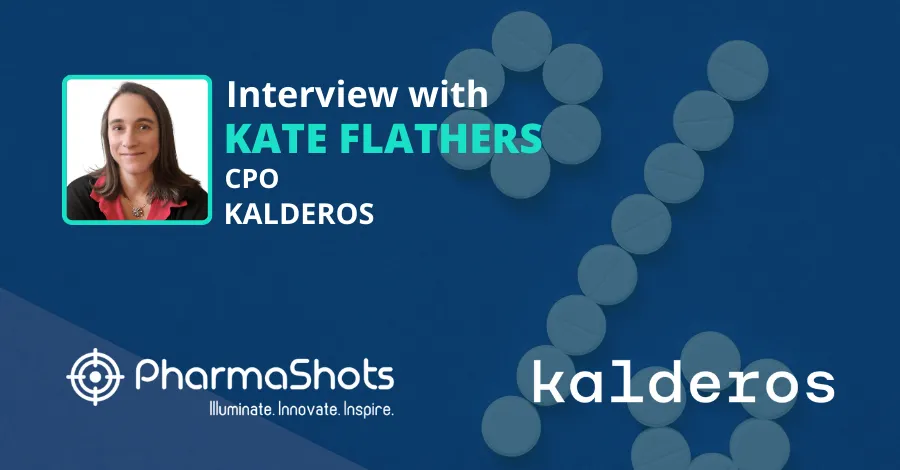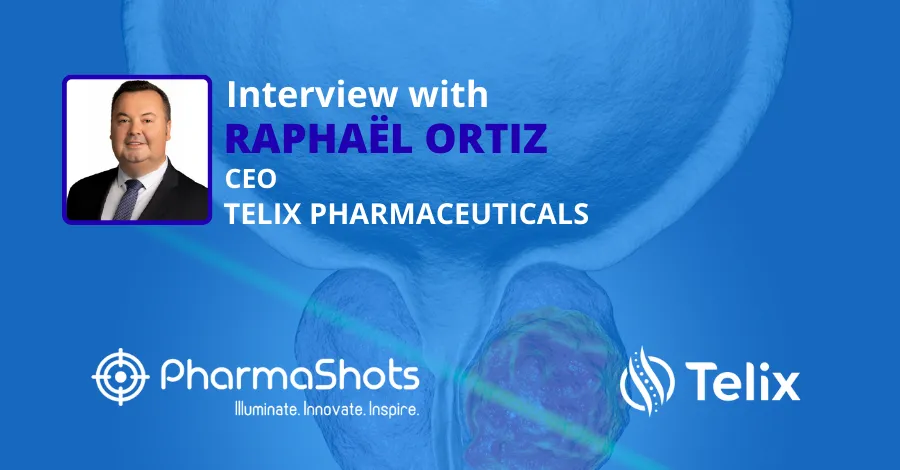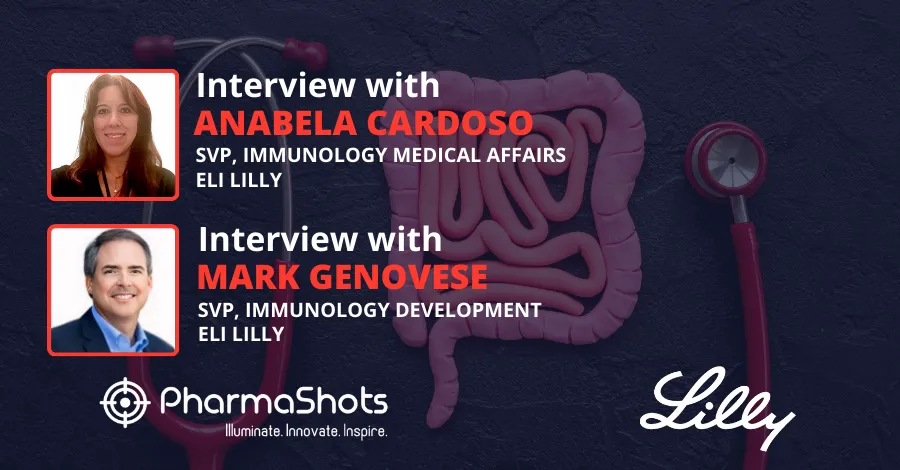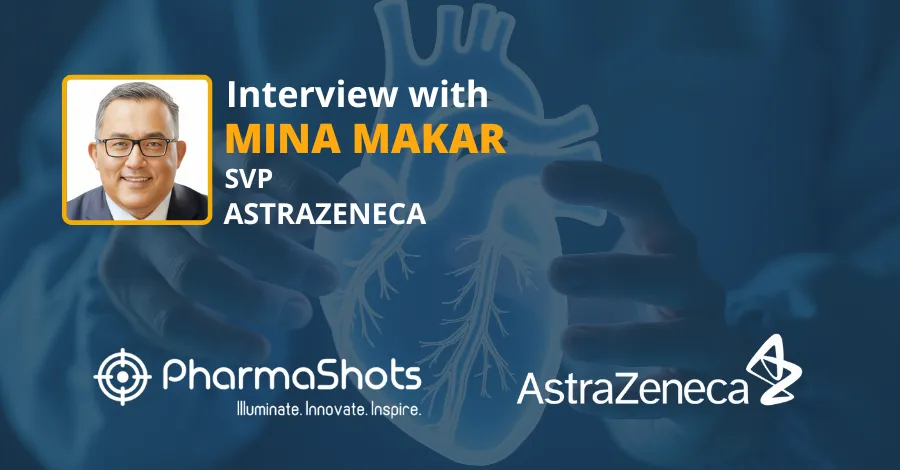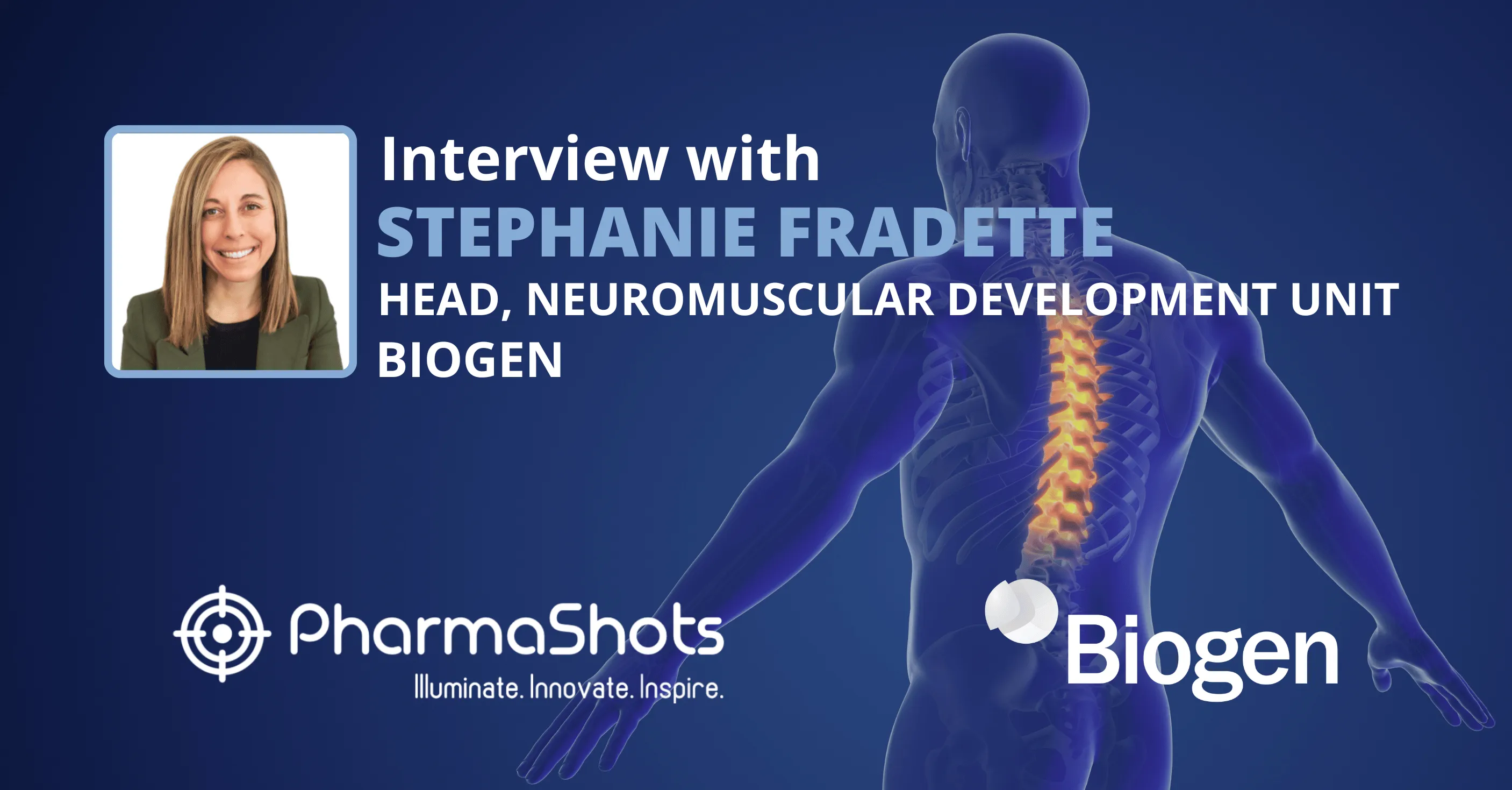
PharmaShots Interview: BMS' Dr. Ian Waxman Shares Insights on the Opdivo (nivolumab) + Yervoy (ipilimumab) for dMMR or MSI-H mCRC
In an interview with PharmaShots, Dr. Ian Waxman, MD, Development Lead, Gastrointestinal Cancer at BMS shared his views on the EC's approval of Opdivo (nivolumab) + Yervoy (ipilimumab) for the Treatment of dMMR or MSI-H mCRC
Shots:
- The approval is based on P-II CheckMate -142 study evaluating Opdivo + Yervoy in patients with dMMR or MSI-H mCRC whose disease had progressed during or after prior treatment with CT
- Results: @minimum follow-up of 46.9mos. improvement in ORR (64.7%); patients have achieved a CR (12.6%); m-DoR was not reached & safety profile was consistent with previous studies of combination in other tumor types
- The combination marks the 1st approved dual immunotherapy regimen for any GI tumor & has also been approved for NSCLC & RCC in the EU. The marketing authorization approve the use of combination in all EU member states, Norway, Iceland & Liechtenstein
Tuba: Discuss the clinical results supporting the EC's approval of Opdivo Plus Yervoy in Metastatic Colorectal Cancer after prior Chemotherapy.
Ian: The approval was based on data from the CheckMate -142 study, which evaluated Opdivo plus Yervoy in patients with MSI-H or dMMR metastatic colorectal cancer previously treated with a fluoropyrimidine-, oxaliplatin- or irinotecan-based chemotherapy.
Efficacy results for Opdivo plus Yervoy are as follows:
- 56% overall response rate, per blinded independent central review (BICR)
- 87% of responders had a duration of response greater than six months
- 74% of responders had a duration of response greater than 12 months
Tuba: Do you think this dual regimen will bring a change in patients with mismatch repair-deficient or microsatellite instability-high metastatic colorectal cancer?
Ian: Metastatic colorectal cancers with mismatch repair deficient (dMMR) or microsatellite instability-high (MSI-H) metastatic colorectal cancer (mCRC) biomarkers can be difficult to treat, and patients who progress on or after first-line chemotherapy still face a great unmet need.
This regimen is the first and only dual immunotherapy combination option for patients in this setting and can provide an important option to help more patients who progress on or after prior fluoropyrimidine-based combination chemotherapy. This approval represents a potential new standard of care for these patients, especially those in need of another option beyond the standard of care chemotherapy.
Tuba: After NSCLC, melanoma, and RCC, what are the other indications in which the company is expecting the approval of dual combination in the EU?
Ian: As a matter of corporate policy, we do not comment on regulatory strategy nor speculate on pending regulatory decisions.
Tuba: CHMP has recommended a positive opinion for Opdivo (nivolumab) as adjuvant treatment for esophageal or GEJ cancer. Discuss the clinical data supporting it.
Ian: This summer, the EC approved Opdivo for the adjuvant treatment of adult patients with esophageal or gastroesophageal junction cancer who have residual pathologic disease following prior neoadjuvant chemoradiotherapy (CRT).
The EC's decision is based on results from the Phase 3 CheckMate -577 trial, which demonstrated that treatment with Opdivo following neoadjuvant CRT and complete surgical resection doubled the primary endpoint of disease-free survival (DFS) compared to placebo in the all-randomized population. The safety profile of Opdivo was consistent with previously reported studies.
Tuba: What are the company's upcoming plans with this dual immunotherapy regimen?
Ian: As a matter of corporate policy, we do not comment on regulatory strategy nor speculate on pending regulatory decisions.
Tuba: As the approval provides a new effective treatment option for eligible patients, when the company is planning to investigate the ideal duration and the optimal sequencing of the treatment?
Ian: BMS currently has no ongoing studies in this area. We have a robust data generation program in CRC and remain committed to evaluating novel treatment options for patients with CRC.
Tuba: Discuss the epidemiology, signs, and symptoms of colorectal cancer?
Ian: Colorectal cancer (CRC) is cancer that develops in the colon or the rectum, which are part of the body's digestive or gastrointestinal system. Globally, CRC is the third most commonly diagnosed cancer in the world. In 2020, it is estimated that there were approximately 1,931,000 new cases of the disease and that it will be the second leading cause of cancer-related deaths among men and women combined.
Mismatch repair deficiency (dMMR) occurs when the proteins that repair mismatch errors in DNA replication are missing or non-functional, leading to microsatellite instability-high (MSI-H) tumors. Approximately 5% of metastatic CRC patients have dMMR or MSI-H tumors. Patients with these biomarkers are less likely to benefit from conventional chemotherapy and typically have a poor prognosis.
Tuba: Is BMS assessing or planning to assess Opdivo in combination with other targeted therapies such as LAG, TIM, STINGs, etc?
Ian: Over the past several decades, our innovative cancer medicines have had a dramatic impact on disease outcomes, making long-term survival a possibility for more patients. But there is more work to do.
We are driven to understand human biology and the complexities of cancer to advance the next generation of cancer therapies. Our comprehensive pipeline, spanning multiple approaches across platforms and modalities, sets us apart and enables us to fulfill our vision of transforming patients lives through science.
As part of our research, we are continuing to investigate novel ways to enhance and restore the body's ability to fight cancer through the improved recognition of cancer cells and molecular predictors of their resistance to therapy, augmentation of the anti-tumor immune response via novel methods to engage T cells and NK cells, prevention of immunosuppression in the tumor microenvironment, and modification and engineering of effector cells to increase their effects on cancer. We are also targeting tumor-intrinsic drivers of oncogenesis, including harnessing the cell's machinery for protein destruction, reinstating regulation of gene expression, and enhancing cancer cell death with targeted therapeutic payloads.
At ASCO earlier this year, we presented the first phase 3 data from a trial evaluating a LAG-3 blocking antibody. The fixed-dose combination of relatlimab and nivolumab demonstrated a statistically significant and clinically meaningful benefit over Opdivo monotherapy, an established standard of care.
These RELATIVITY-047 data provide evidence that a LAG-3-blocking antibody coupled with the PD-1 inhibitor nivolumab may bring the benefits of dual immunotherapy to a greater number of patients and address a remaining need for patients with metastatic melanoma.
Source: Parkway Cancer Centre

About Author: Dr. Ian Waxman, M.D, Development Lead, Gastrointestinal Cancers at BMS. He is a Pediatrics Specialist in New York & has received his medical degree from NYU School of Medicine. He has over 19 years of experience in the medical field

This content piece was prepared by our former Senior Editor. She had expertise in life science research and was an avid reader. For any query reach out to us at connect@pharmashots.com






